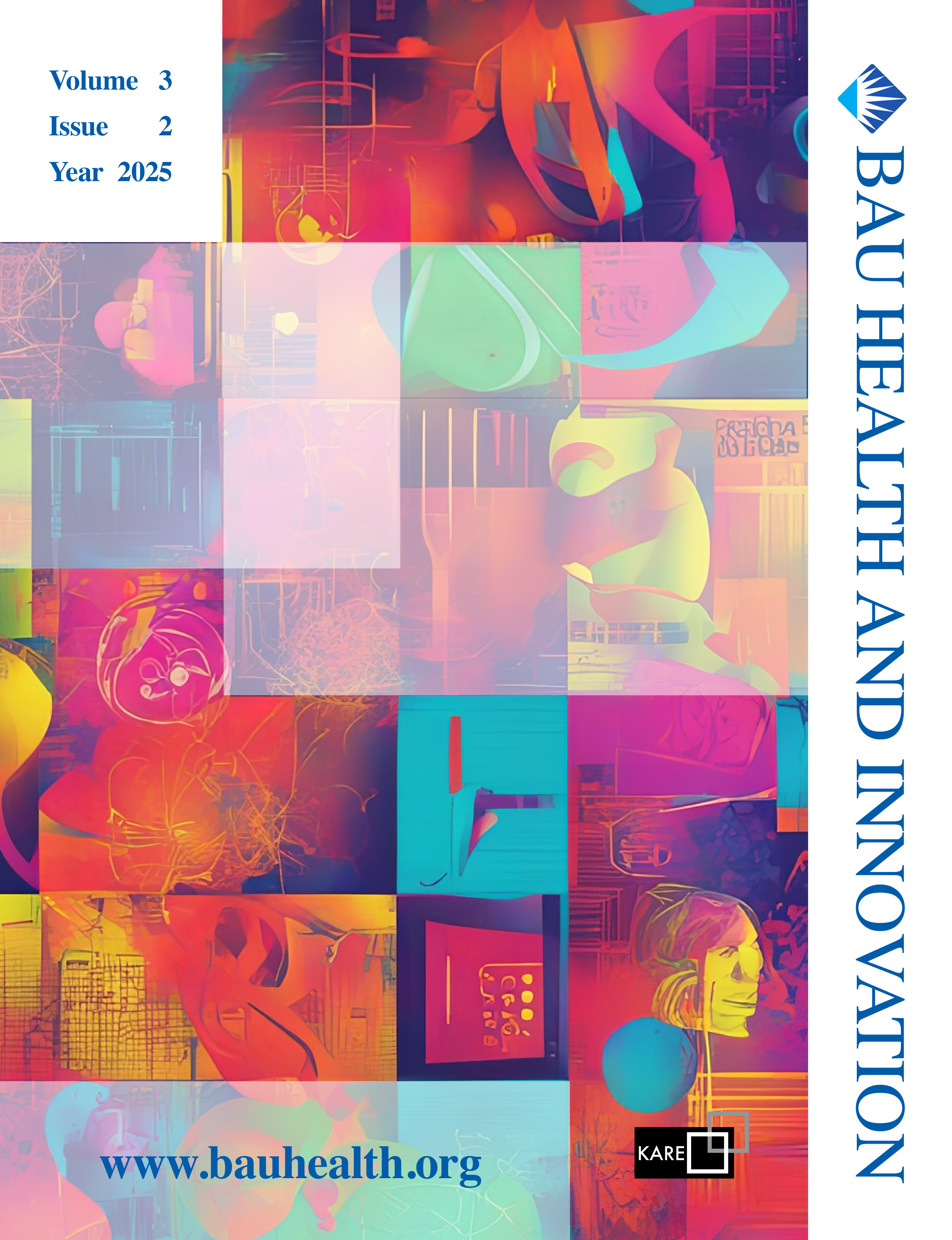Quick Search
Exploring the Impact of Caregiving on Musculoskeletal Health: Insights from Caregivers of Children with Cerebral Palsy
Hatice Kübra Aşık1, Sevtap Badıl Güloğlu2, Ali İlez3, Yasemin Şahbaz3, Tuğba Şahbaz41Department of Physical Medicine and Rehabilitation, Kanuni Sultan Süleyman Training and Research Hospital, İstanbul, Türkiye2Department of Physical Medicine and Rehabilitation, University of Health Sciences, Antalya Training and Research Hospital, Antalya, Türkiye
3Department of Physiotherapy and Rehabilitation, Beykent University Faculty of Health Sciences, İstanbul, Türkiye
4Department of Physical Medicine and Rehabilitation, Beykent University Faculty of Medicine, İstanbul, Türkiye
INTRODUCTION: This study aimed to evaluate the frequency, severity, and regional distribution of musculoskeletal pain in primary caregivers of children with cerebral palsy (CP) and to investigate its associations with caregiving-related factors, including the child's motor impairment level and demographic variables.
METHODS: A cross-sectional observational study was conducted with 84 caregivers of children with CP. Musculoskeletal complaints were assessed using the Extended Nordic Musculoskeletal Questionnaire, and pain severity was measured by the Visual Analog Scale (VAS). The Gross Motor Function Classification System (GMFCS) was used to assess the motor impairment level of the children. Associations between caregiver pain and clinical variables were analyzed using appropriate statistical tests.
RESULTS: he most frequently reported pain regions were the lower back (69.0%), neck (59.5%), and shoulders (58.3%). Pain in these areas significantly interfered with daily activities. Statistically significant associations were found between higher GMFCS levels and increased shoulder, wrist/hand, upper back, and lower back pain. Older child age and caregiver age were also associated with greater musculoskeletal burden. VAS scores showed a positive correlation with both GMFCS level and caregiver age (P < 0.05).
DISCUSSION AND CONCLUSION: Musculoskeletal pain is common among caregivers of children with CP and is influenced by the severity of the childs motor disability and caregiver demographics. Preventive strategies, such as ergonomic education, regular screening, and multidisciplinary support should be integrated into pediatric rehabilitation services to protect caregiver health and ensure sustainable care.
Manuscript Language: English


